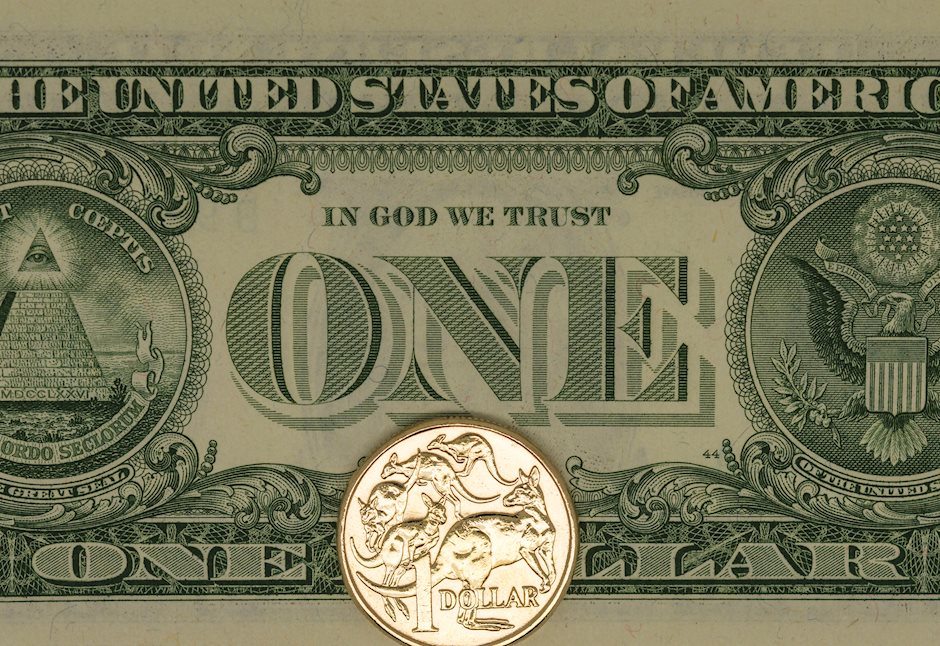AUD/USD trades sideways slightly above 0.6200 as US PCE inflation takes centre stage
- AUD/USD consolidates around 0.6200 as the US PCE inflation data for November is on the horizon.
- The Fed is expected to keep interest rates steady in the first policy meeting of 2025.
- Investors await the RBA minutes for fresh interest rate guidance.

The AUD/USD pair trades inside Thursday’s trading range slightly above the two-year low of 0.6200 near 0.6230. The Aussie pair exhibits volatility contraction, with investors focusing on the United States (US) Personal Consumption Expenditure Price Index (PCE) data for November, which will be published at 13:30 GMT.
The US Dollar Index (DXY), which tracks the Greenback’s value against six major currencies, ticks lower after posting a fresh two-year high at 108.50.
Economists estimate the annual US core PCE inflation, a Federal Reserve’s (Fed) preferred inflation measure, to have accelerated to 2.9% from 2.8% in October. Month-on-month, the underlying inflation is estimated to have grown by 0.2%, slower than the former release of 0.3%.
The inflation data will influence market expectations for the Federal Reserve’s (Fed) likely interest rate action in the January meeting. According to the CME FedWatch tool, traders are confident that the central bank will leave interest rates at their current levels of 4.25%-4.50%.
Meanwhile, the Australian Dollar (AUD) will be influenced by the Reserve Bank of Australia (RBA) minutes for the monetary policy meeting that took place on December 10, which will be released on Tuesday. The RBA left its Official Cash Rate (OCR) steady at 4.35%, a level the central bank has been maintaining since November 2023.
RBA Governor Michele Bullock didn’t guide a specific interest rate cut path and committed to be data-dependent but was confident that wages and demand are slowing.
Australian Dollar FAQs
One of the most significant factors for the Australian Dollar (AUD) is the level of interest rates set by the Reserve Bank of Australia (RBA). Because Australia is a resource-rich country another key driver is the price of its biggest export, Iron Ore. The health of the Chinese economy, its largest trading partner, is a factor, as well as inflation in Australia, its growth rate and Trade Balance. Market sentiment – whether investors are taking on more risky assets (risk-on) or seeking safe-havens (risk-off) – is also a factor, with risk-on positive for AUD.
The Reserve Bank of Australia (RBA) influences the Australian Dollar (AUD) by setting the level of interest rates that Australian banks can lend to each other. This influences the level of interest rates in the economy as a whole. The main goal of the RBA is to maintain a stable inflation rate of 2-3% by adjusting interest rates up or down. Relatively high interest rates compared to other major central banks support the AUD, and the opposite for relatively low. The RBA can also use quantitative easing and tightening to influence credit conditions, with the former AUD-negative and the latter AUD-positive.
China is Australia’s largest trading partner so the health of the Chinese economy is a major influence on the value of the Australian Dollar (AUD). When the Chinese economy is doing well it purchases more raw materials, goods and services from Australia, lifting demand for the AUD, and pushing up its value. The opposite is the case when the Chinese economy is not growing as fast as expected. Positive or negative surprises in Chinese growth data, therefore, often have a direct impact on the Australian Dollar and its pairs.
Iron Ore is Australia’s largest export, accounting for $118 billion a year according to data from 2021, with China as its primary destination. The price of Iron Ore, therefore, can be a driver of the Australian Dollar. Generally, if the price of Iron Ore rises, AUD also goes up, as aggregate demand for the currency increases. The opposite is the case if the price of Iron Ore falls. Higher Iron Ore prices also tend to result in a greater likelihood of a positive Trade Balance for Australia, which is also positive of the AUD.
The Trade Balance, which is the difference between what a country earns from its exports versus what it pays for its imports, is another factor that can influence the value of the Australian Dollar. If Australia produces highly sought after exports, then its currency will gain in value purely from the surplus demand created from foreign buyers seeking to purchase its exports versus what it spends to purchase imports. Therefore, a positive net Trade Balance strengthens the AUD, with the opposite effect if the Trade Balance is negative.
Author

Sagar Dua
FXStreet
Sagar Dua is associated with the financial markets from his college days. Along with pursuing post-graduation in Commerce in 2014, he started his markets training with chart analysis.

















